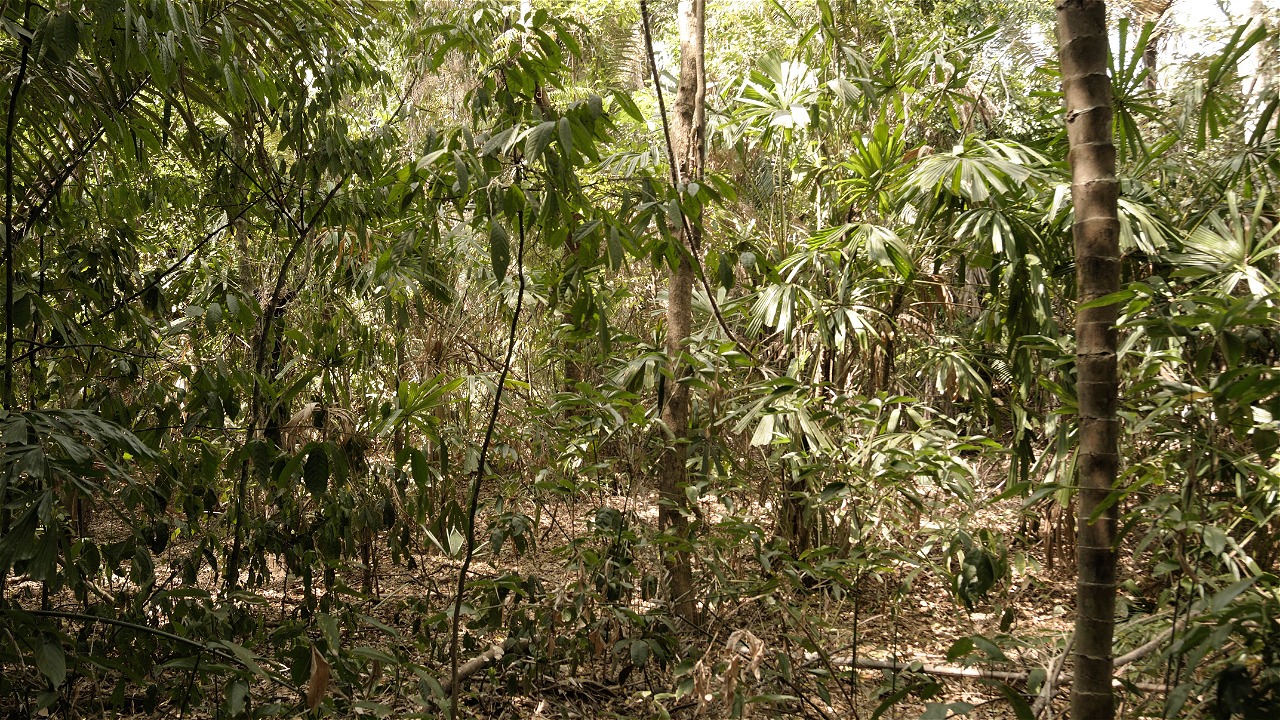PLANT RHINO FOOD, SAVE THE POPULATION
By: Nur Arinta
Indonesia's forests are home to two of the world's five rhino species, the Sumatran Rhino (Dicerorhinus sumatrensis) and the Javan Rhino (Rhinoceros sondaicus). These animals, which are still related to ancient rhinos, live and survive amidst the threat of poaching and habitat shrinkage in Indonesia. Have you ever wondered? What does it eat?
Rhinos are one type of herbivorous animal that belongs to the browser group, which is a type of animal that eats leaves, bark, twigs, and sometimes fruit. Reported in the book "Sumatran Rhino Feed Plant Species in Kalimantan" by Tri Atmoko et al published in 2016, when looking for food, rhinos tend to choose vines, lianas, seedlings, saplings to poles. Researchers said that during the experience of researching rhinos in their habitat, animals that are characterized by their culas almost never eat grass species.
When eating, rhinos will look for plants to eat and lay down on the tree. The rhino's longer upper lip is used to help take the leaves into its mouth. Rhinos have a distinctive arrangement of teeth, so the bite marks of rhinos on their food plants are easily recognizable, and this is very helpful for researchers to track rhinos in their habitat and find out what plants rhinos eat.
Just as humans need a wide variety of food, rhinos need a wide variety of food plants. Forests that hold a variety of food plants provide open space for rhinos to choose their food sources. Unfortunately, the reality is that habitat continues to shrink with forest conversion. The distribution of rhino populations is scattered in small and remote population pockets, where one area is estimated to contain one to three individuals, and this makes the possibility of rhinos to breed very small. In addition, this also has a direct impact on the variety of rhino food plants in their habitat.
In the case of Javan Rhino habitat in Ujung Kulon National Park, rhino food plants have been reduced due to the invasion of Langkap (Arenga obtusifolia). Langkap is a palm species that spreads very quickly. Its dense canopy blocks sunlight, inhibiting the growth of rhino food plants. This has reduced the variety of rhino food and fragmented the habitat of Javan Rhinos.
In response to this problem, WWF-Indonesia is trying to control the invasion of Langkap and plant rhino food plants in the only natural habitat of Javan Rhinos, namely Ujung Kulon National Park. This program is to meet the availability and variety of Javan Rhino food plants. Currently, the habitat is relatively small compared to the population which is showing a growth rate. Some of the plants planted include Putat (Planchonia valida), Kijahe (Cronton auypelas), Kitanjung (Buchanania arborescens), Kadongdong (Spondias dulcis), Salam (Syzygium polyanthum), and Sigeung (Pentace polyantha).
Although rhinos are far removed from human habitation, they perform an important service in maintaining forest quality. As browsers that feed on shrubs and leafy tops, rhinos help reduce global warming. This is because the leafy shoots of plants eaten by rhinos absorb more carbon dioxide than older shoots. The Javan rhino and Sumatran rhino are protected wildlife that are now Critically Endangered. It is our duty together to help protect them so that one of Indonesia's proud species does not become extinct and stay a story.





